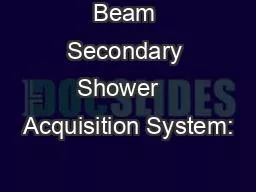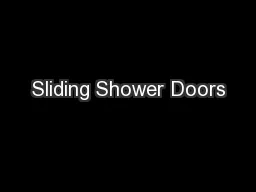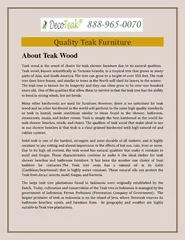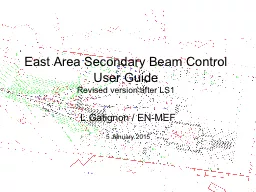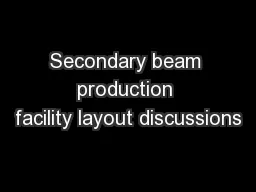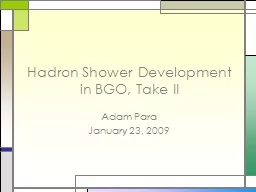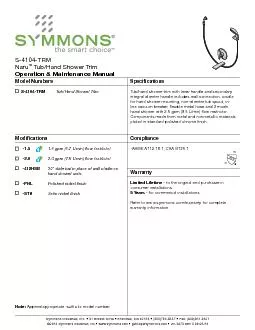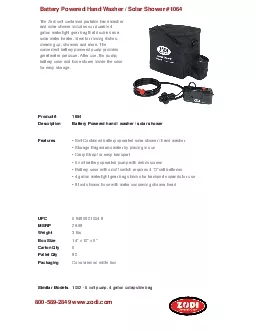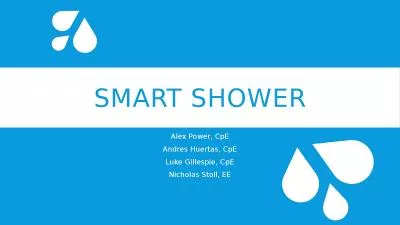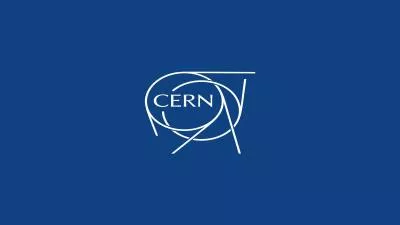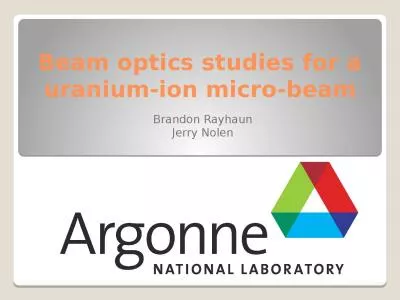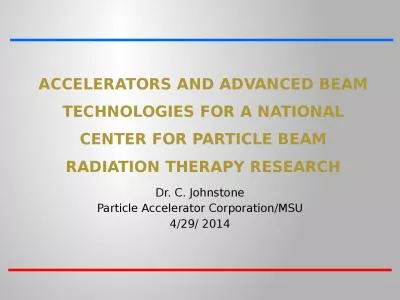PPT-Beam Secondary Shower Acquisition System:
Author : bubbleba | Published Date : 2020-06-25
FrontEnd RF Design 2 Student Meeting Jose Luis Sirvent PhD Student 26082013 20dB 40dB 6dB pCVD Civi dec Amplifier Attenuator Civi dec Diamond Detector DC4GHz Splitter
Presentation Embed Code
Download Presentation
Download Presentation The PPT/PDF document "Beam Secondary Shower Acquisition Syst..." is the property of its rightful owner. Permission is granted to download and print the materials on this website for personal, non-commercial use only, and to display it on your personal computer provided you do not modify the materials and that you retain all copyright notices contained in the materials. By downloading content from our website, you accept the terms of this agreement.
Beam Secondary Shower Acquisition System:: Transcript
Download Rules Of Document
"Beam Secondary Shower Acquisition System:"The content belongs to its owner. You may download and print it for personal use, without modification, and keep all copyright notices. By downloading, you agree to these terms.
Related Documents

